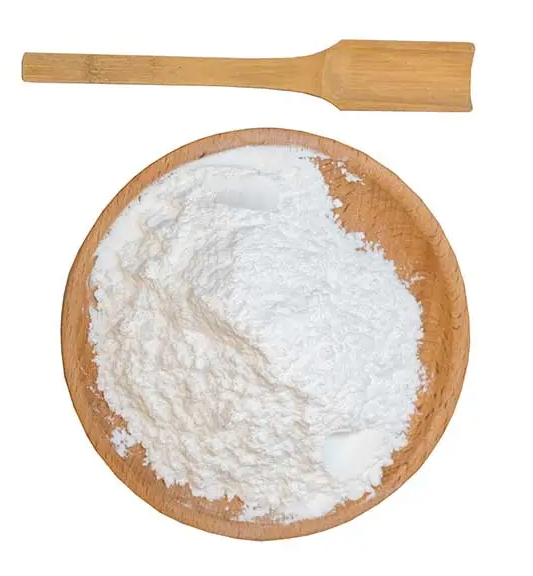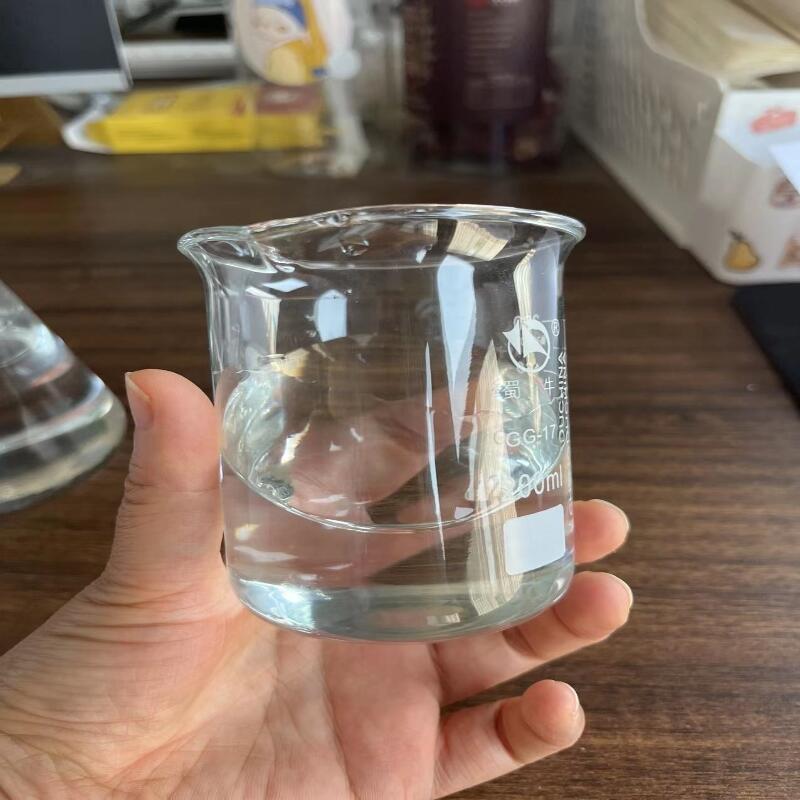Absorption and metabolism of lignans from sesame and flax
-
Last Update: 2020-04-03
-
Source: Internet
-
Author: User
Search more information of high quality chemicals, good prices and reliable suppliers, visit
www.echemi.com
2015-02-05 classification: efficacy and action: 0 people commented on the main lignans of flaxseed, which were isolated from Larch resin alcohol and Matai resin alcohol, transformed by intestinal bacteria to form mammalian lignans, intestinal diols (end.) and intestinal lactones (enl) Once end and end are formed in the gut, they are absorbed by the body and reach the liver Moreover, before they enter the blood circulation, they are conjugated with glucuronic acid or ester compounds in the liver The results show that the concentration of end and enl in human body is much higher than that of normal endogenous estrogen, even up to 10000 times Recent studies have shown that not only are Larch resin alcohols and Matai resin alcohols precursors of mammalian lignans in vivo, but also other lignans (such as terpineol) can be converted into mammalian lignans in vivo Since most of the mammalian lignans are first metabolized in the liver, the most prominent of which is the hydroxylation reaction End and enl are the products of hydroxylation through the hydroxylation reaction, and the former is further metabolized into other products Cooley et al (1984) pointed out the possible sites for the hydroxylation of aliphatic and aromatic hydrocarbons between end and end Jacobs and Metzler (1999) studied the oxidative metabolism of mammalian lignans, enl and end, in mice, pigs and human liver microsomes It is found that the hydroxylation sites are similar to those of enterolactones, which means that oxidative metabolism is a common feature of the deployment of these lignans in mammals Metzler and his team (2000) in order to clarify whether such hydroxylation metabolites can also be formed in the body, the metabolites in bile and urine were analyzed after 6 hours of ingestion by duodenal administration of end or end with a dose of 10 mg / kg body weight in mice This study further confirmed that mammalian lignoceptors will produce a lot of metabolites of hydroxyl billion in the body Such metabolites may play a greater role in the biological effect of their precursors, but it needs further confirmation.
This article is an English version of an article which is originally in the Chinese language on echemi.com and is provided for information purposes only.
This website makes no representation or warranty of any kind, either expressed or implied, as to the accuracy, completeness ownership or reliability of
the article or any translations thereof. If you have any concerns or complaints relating to the article, please send an email, providing a detailed
description of the concern or complaint, to
service@echemi.com. A staff member will contact you within 5 working days. Once verified, infringing content
will be removed immediately.






